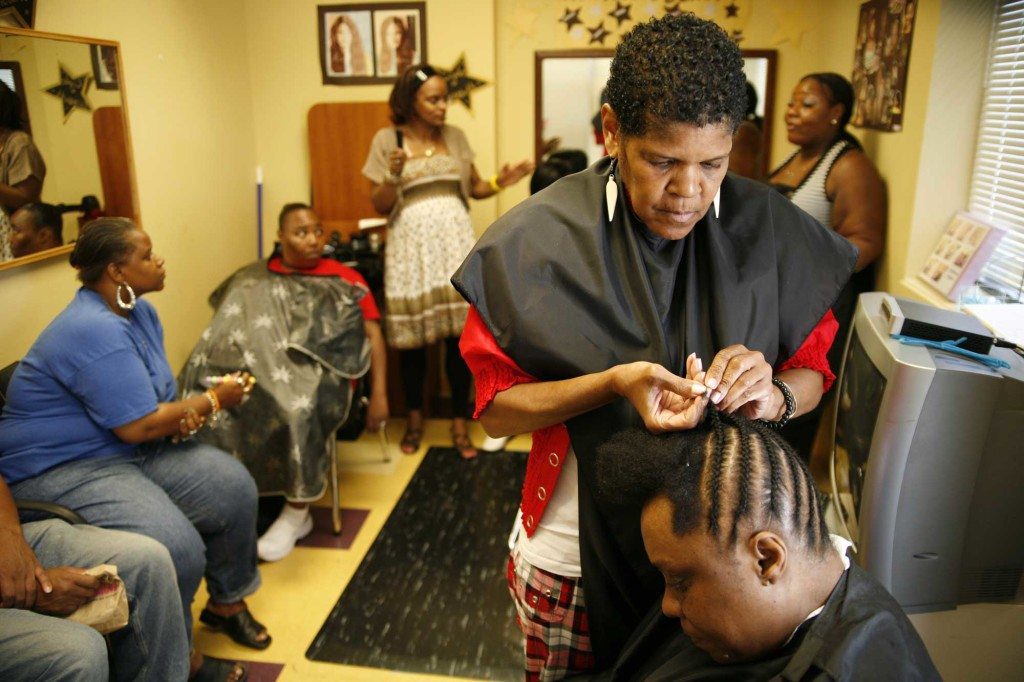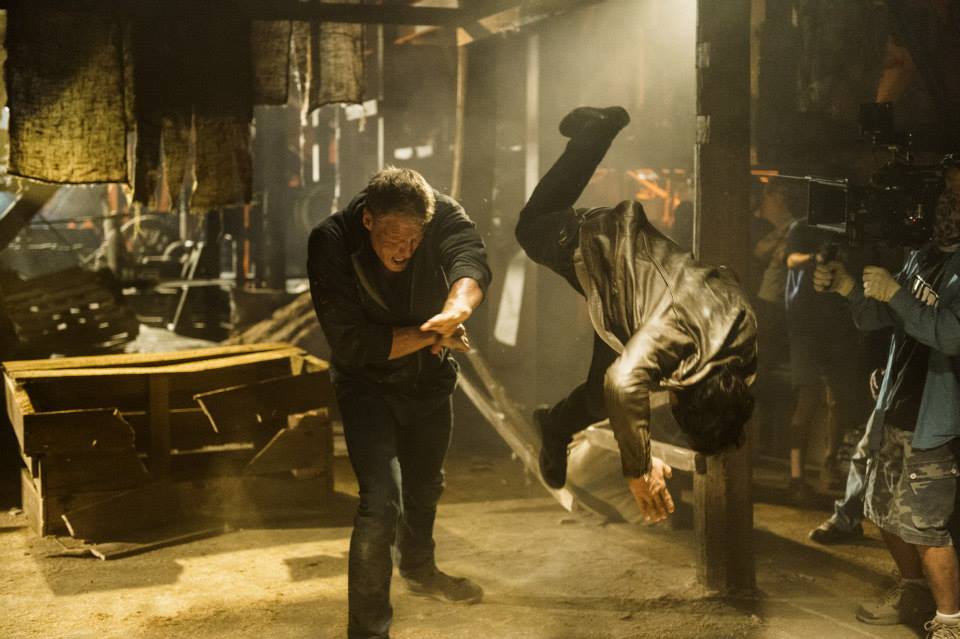School desegregation reached Boston in 1974. It turned into violent confrontations, especially in South Boston. It was a time of racial animus and tension. It was disruptive to both White and Black families. The Walk, from director Daniel Adams, is a story of two families who are brought together by those events.
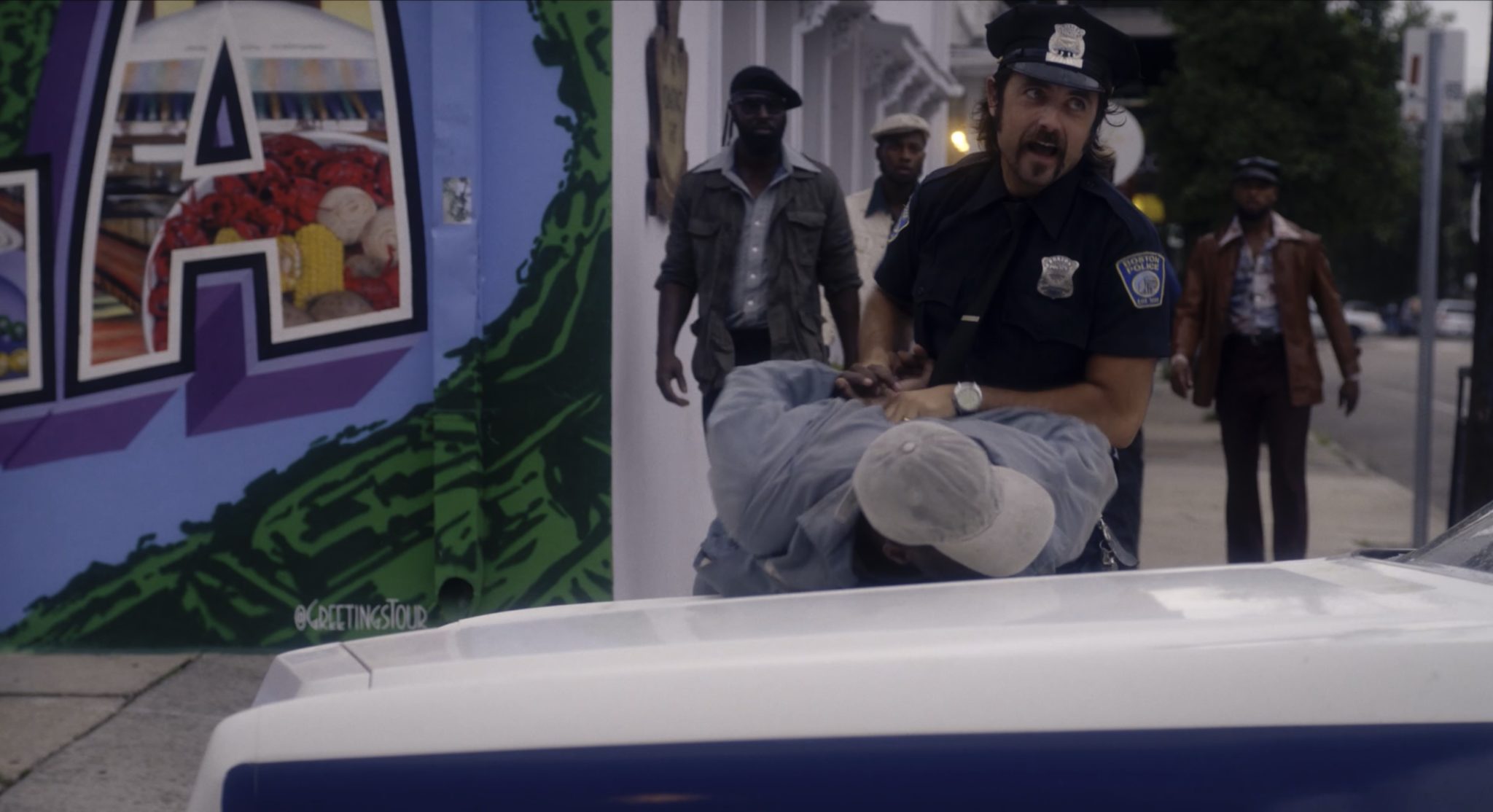
Bill Coughlin (Justin Chatwin) is a Boston police officer who lives in Southie. He is kindhearted, as we see when he stops a thief who needed food for a baby. His daughter Kate (Katie Douglas) is looking forward to her senior year at Southie High School. When the news comes down that busing will begin in the fall, the summer is spent waiting for news of who will be sent to what school. Bill is teamed with a black officer to escort black students into the school, because he?s local and that might carry some weight with his neighbors. Wendy Robbins (Lovie Simone) is looking forward to her senior year at the Roxbury High in her Black neighborhood. Her father (Terrence Howard) works as an EMT.
When the letter from the schools arrive, Kate is delighted that she will be going to Southie (although her best friend will be bussed to Roxbury). Wendy learns that she will be sent to Southie. She would prefer to stay at her old school, but is determined not to show her fear when the time comes to go to the school.
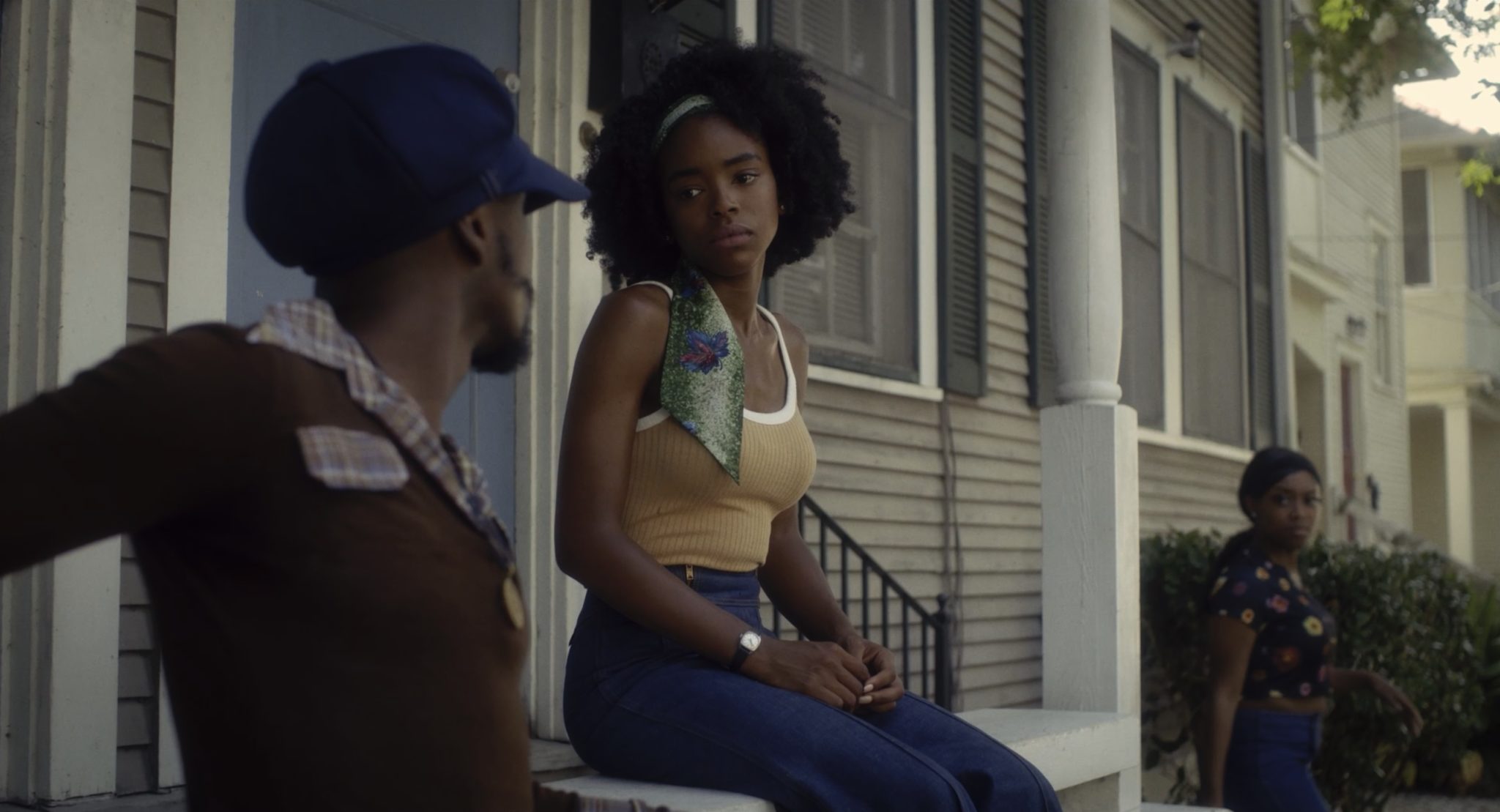
Most of the film is set in the summer between school years. Bill is faced with many people (including colleagues in the police) who are vehemently opposed to bussing. His Southie neighbors want to keep things as they have always been. That is especially true of the local hoods, led by McLaughlin (Malcom McDowell). As part of the backstory, Bill helped put away one of McLaughlin?s crew for a killing. That person has just gotten out of prison. As the summer progresses, Kate becomes connected to the son of the man Bill arrested (something Bill opposes). One night they stone a car with Black passengers driving through the neighborhood. The passengers are Wendy and her father.
When the first day of school arrives, Bill is at Southie to do his job as the bus arrives. Wendy?s father is there as well with the ambulance in anticipation of violence. The crowd is angry and vicious. But Bill will do what he must to protect the children, even if his neighbors (and perhaps his daughter) are opposed.

Too much of the film is built around the animosity between the local hoods and Bill. While there is racism involved in all this, the film fails to really delve into the way racism manifests in people who may well see themselves as good. Instead, when the most violent act occurs, it is only using the racial situation as a way of settling an old grudge. It is important that we see that racism is not something that is from the past or is pushed by people with some other agenda. It comes from within each of us. The film tries to show the evils of racism, and the difficulty finding answers to that problem. But it never quite makes us look at ourselves.
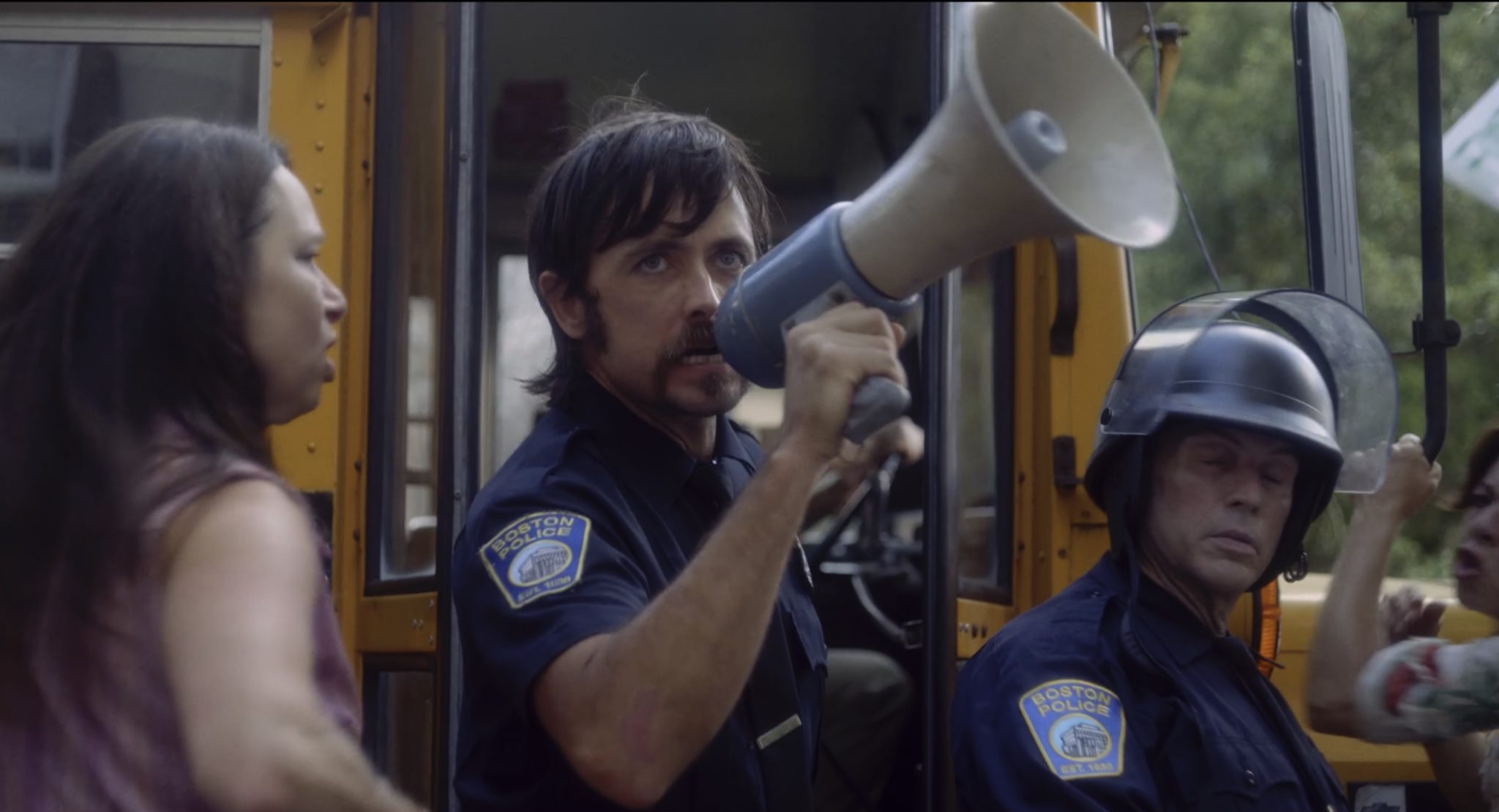
The Walk is in theaters.
Photos courtesy of Vertical Entertainment.

